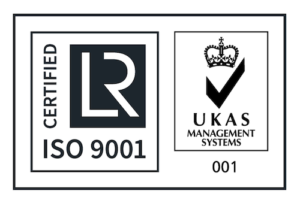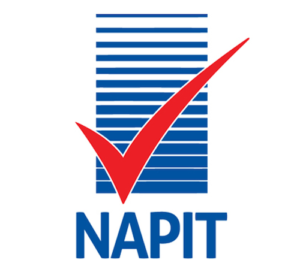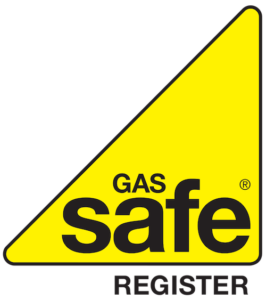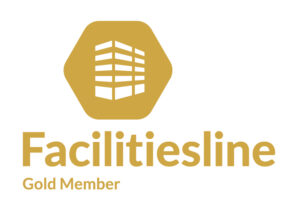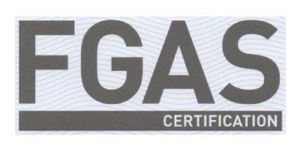Preparing for Winter
Planning and Managing Winter Maintenance Services When the Clocks Go Back
As the end of October approaches, the UK gears up for the annual transition from Daylight Saving Time (DST) back to Greenwich Mean Time (GMT). This change, marked by the clocks going back an hour, signifies more than just an extra hour of sleep—it heralds the onset of winter and the beginning of a critical period for winter maintenance services. Effective planning and management during this time are essential for ensuring safety on roads, car parks, and pathways. Here’s how to navigate the challenges of winter maintenance as the clocks go back.
Understanding the Impact of the Time Change
The end of DST occurs on the last Sunday in October. When the clocks go back one hour, evenings become darker earlier, which leads to a decrease in visibility and a drop in temperatures. These conditions contribute to a higher risk of accidents, particularly during the evening and morning commutes. The reduced daylight and colder weather necessitate proactive measures to ensure public safety and maintain operational efficiency.
The Importance of Winter Maintenance Services
Winter maintenance services play a vital role in preventing accidents and ensuring the safety of motorists and pedestrians. The primary components of these services include gritting, snow clearance, and the application of de-icing agents. Gritting helps to provide traction on icy surfaces, while snow clearance ensures that roads and pathways remain passable. De-icing agents prevent ice from forming and help to melt existing ice.
Effective winter maintenance requires meticulous planning and timely execution. Here are some key strategies to ensure that your winter maintenance services are ready when the clocks go back:
1. Pre-Season Planning
Pre-season planning is crucial for successful winter maintenance. This involves:
Assessing Resources: Ensure that you have adequate supplies of grit, salt, and de-icing agents. Check the condition of your equipment, such as gritting lorries, snow ploughs, and spreaders, to ensure they are in good working order.
Training Staff: Regular training sessions for staff and contractors are essential. They should be well-versed in health and safety protocols, including working at height and handling hazardous materials. Training should also cover the operation of winter maintenance equipment.
Route Planning: Develop detailed plans for gritting and snow clearance routes. Prioritise high-traffic areas and critical infrastructure, such as hospitals, schools, and public transport routes. Use historical data and weather forecasts to anticipate areas that may require more frequent attention.
2. Monitoring Weather Conditions
Staying informed about weather conditions is critical for timely and effective winter maintenance. Use reliable weather forecasting services to monitor changes in temperature, precipitation, and other relevant factors. Real-time data allows you to deploy resources proactively rather than reactively, reducing the risk of accidents and ensuring that roads and pathways remain safe.
3. Coordinating with Local Authorities
Collaboration with local authorities and other stakeholders is essential for comprehensive winter maintenance. This includes:
Sharing Information: Keep local councils, emergency services, and transport authorities informed about your winter maintenance plans and schedules. Share real-time updates on road conditions and maintenance activities.
Response Planning: Develop coordinated response plans for severe weather events. This ensures that all relevant parties can act swiftly and efficiently, minimising disruption and ensuring public safety.
4. Effective Communication
Clear and timely communication is crucial for managing winter maintenance services. This involves:
Public Information: Keep the public informed about road conditions, weather forecasts, and maintenance activities. Use social media, websites, and local news outlets to disseminate information. Clear communication helps to manage public expectations and encourages safe driving practices.
Internal Communication: Ensure that all team members are kept up to date with the latest information and instructions. Use communication tools such as radios, mobile apps, and email to facilitate real-time updates and coordination.
5. Health and Safety Considerations
Health and safety should be a top priority in winter maintenance operations. This includes:
Providing PPE: Ensure that all employees and contractors have the necessary personal protective equipment (PPE), such as high-visibility clothing, gloves, and safety boots.
Conducting Risk Assessments: Regularly conduct risk assessments to identify potential hazards and implement measures to mitigate them. This includes assessing the safety of routes and equipment.
Promoting Safe Work Practices: Encourage safe work practices, such as taking regular breaks to prevent fatigue and ensuring proper hydration and nutrition.
6. Sustainable Practices
Consider adopting sustainable practices in your winter maintenance operations. This includes:
Using Eco-Friendly Materials: Explore the use of environmentally friendly de-icing agents and alternatives to traditional salt and grit. These can help to reduce environmental impact while still ensuring effective ice control.
Optimising Resource Use: Use technology to optimise the use of resources. For example, GPS and route optimisation software can help to ensure that gritting and snow clearance are carried out efficiently, reducing waste and fuel consumption.
Conclusion
As the clocks go back at the end of October, the onset of winter brings unique challenges for maintaining safety on roads, car parks, and pathways. Effective planning and management of winter maintenance services are essential to mitigate these risks and ensure public safety. By conducting thorough pre-season planning, monitoring weather conditions, coordinating with local authorities, communicating effectively, prioritising health and safety, and adopting sustainable practices, you can navigate the winter season with confidence and reliability.
At Phosters FM, we are dedicated to providing comprehensive winter maintenance services that prioritise safety and efficiency. Our experienced teams are equipped with the latest tools and training to handle the challenges of winter weather, ensuring that you remain operational and safe throughout the season. As we prepare for the colder months ahead, we invite you to contact us to learn more about how we can support your winter maintenance needs.
#ReliabilityAsStandard #WinterGritting #DaylightSavings







